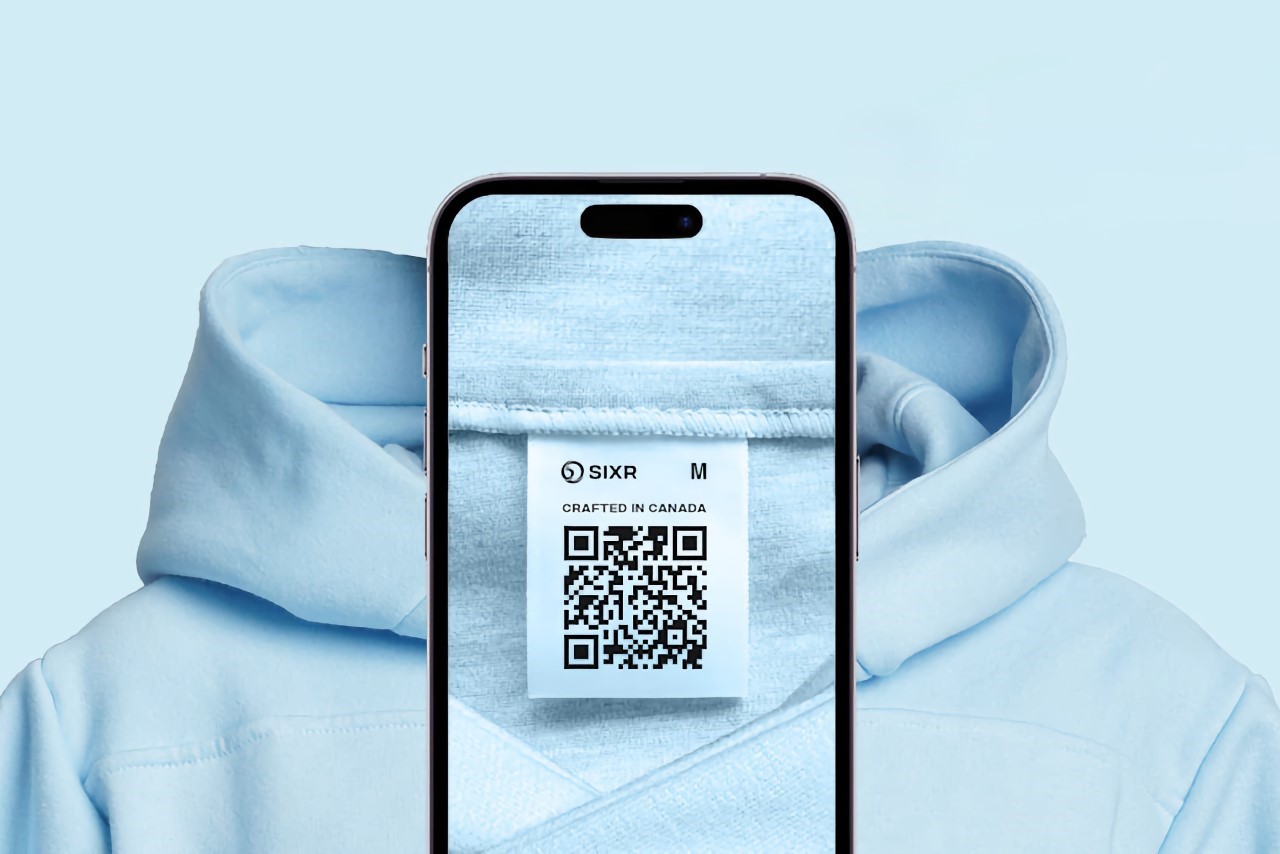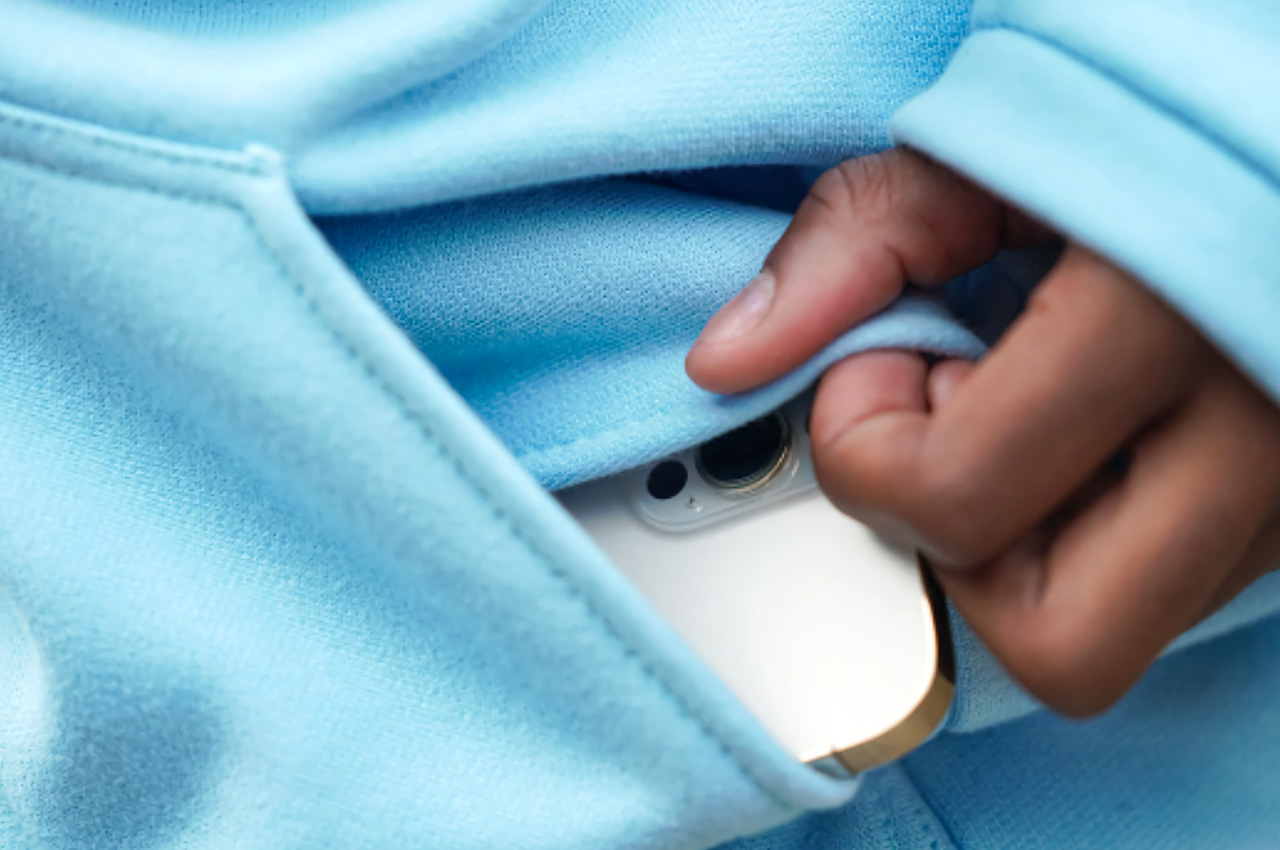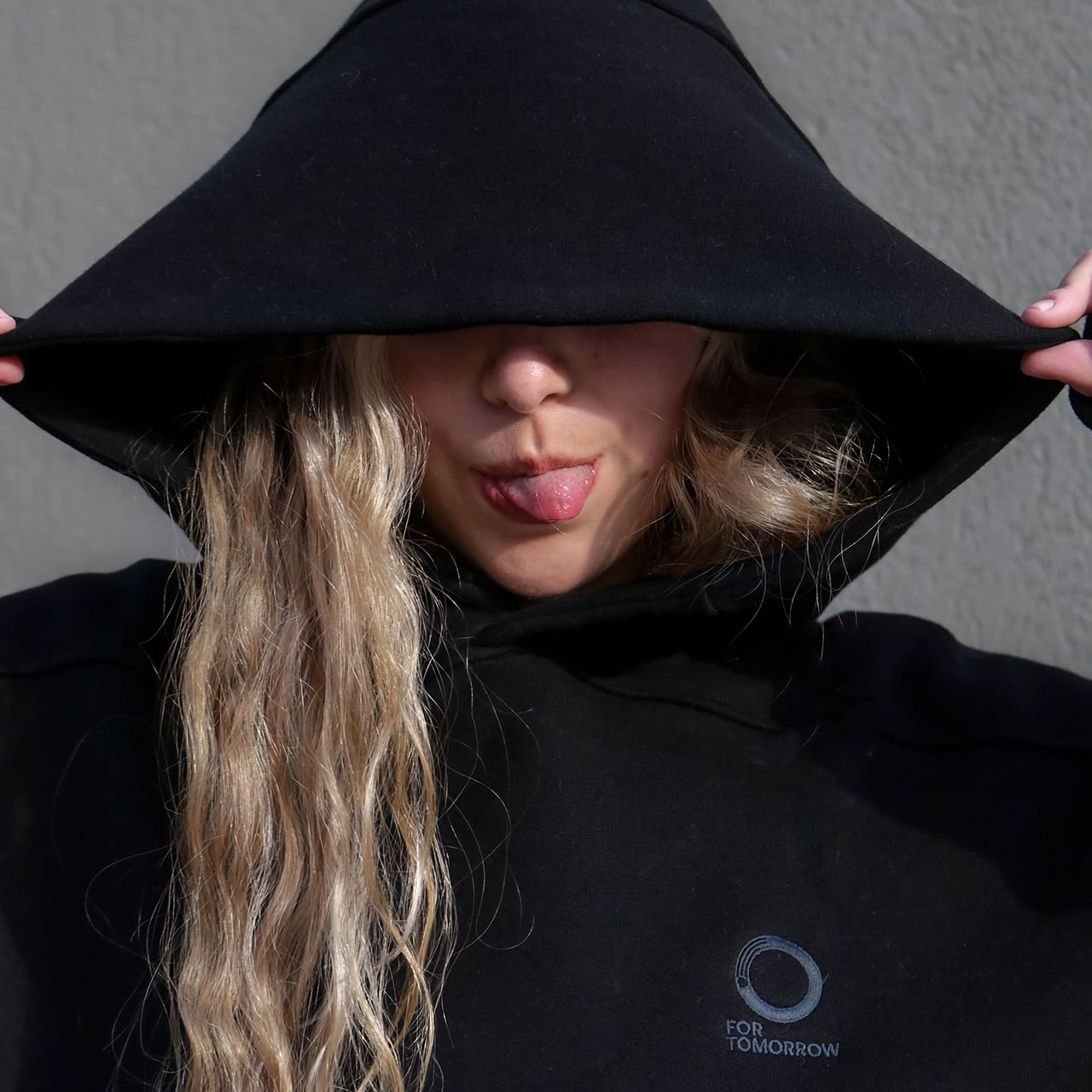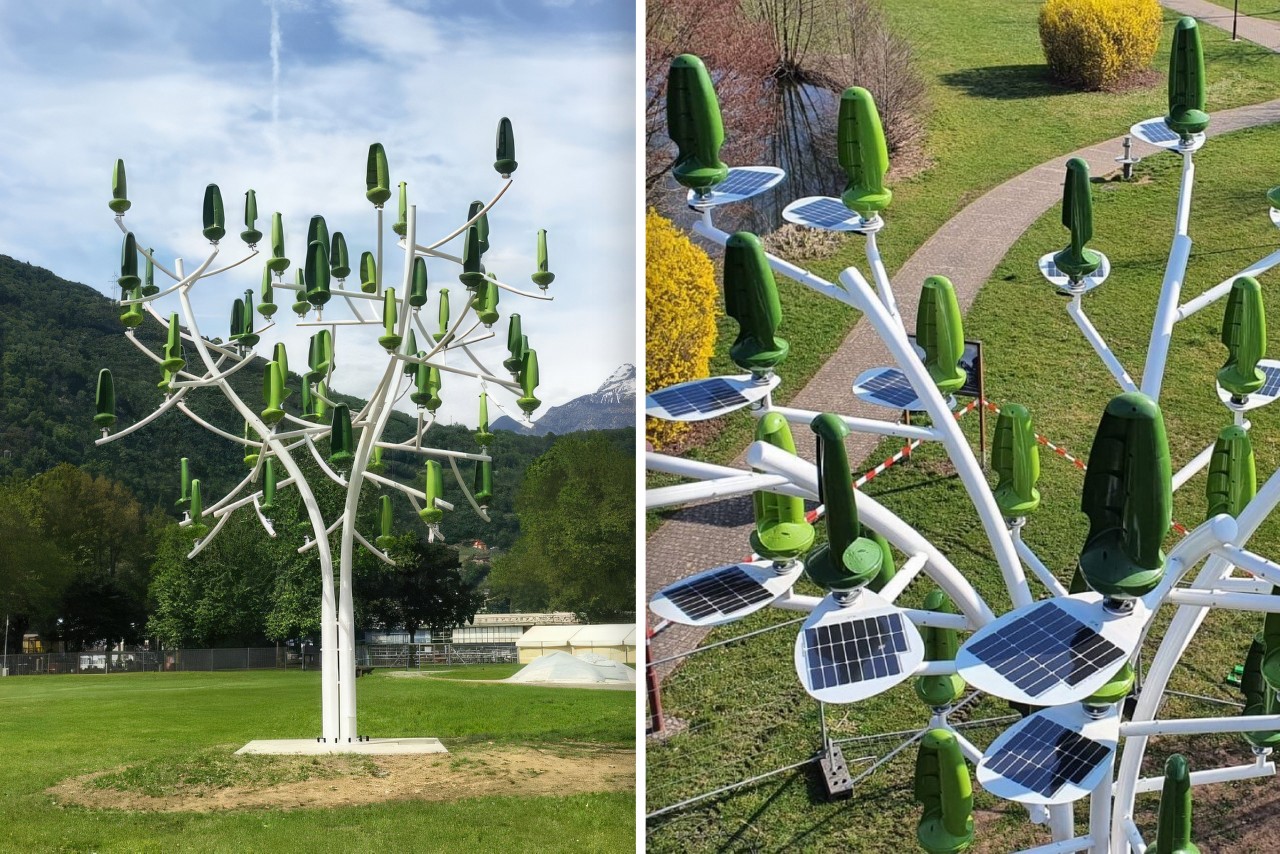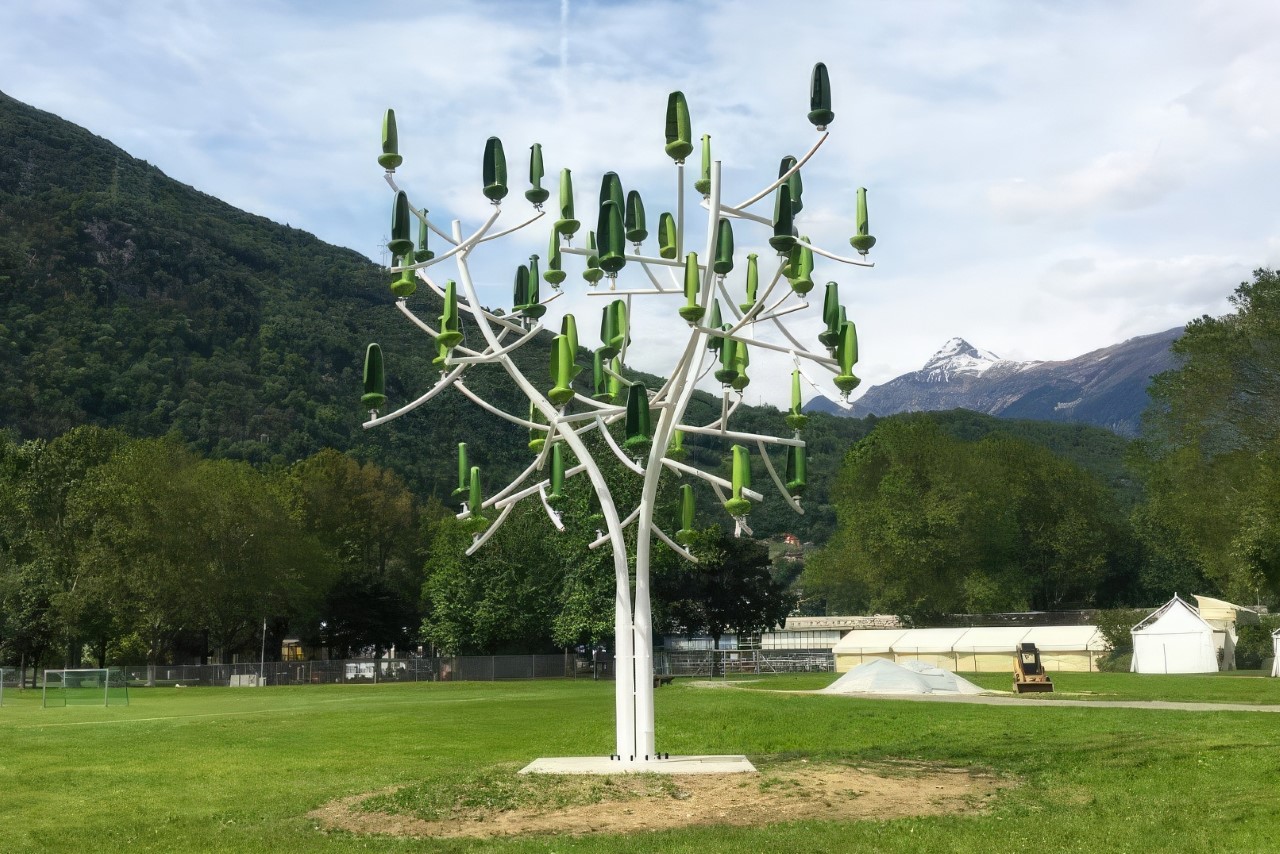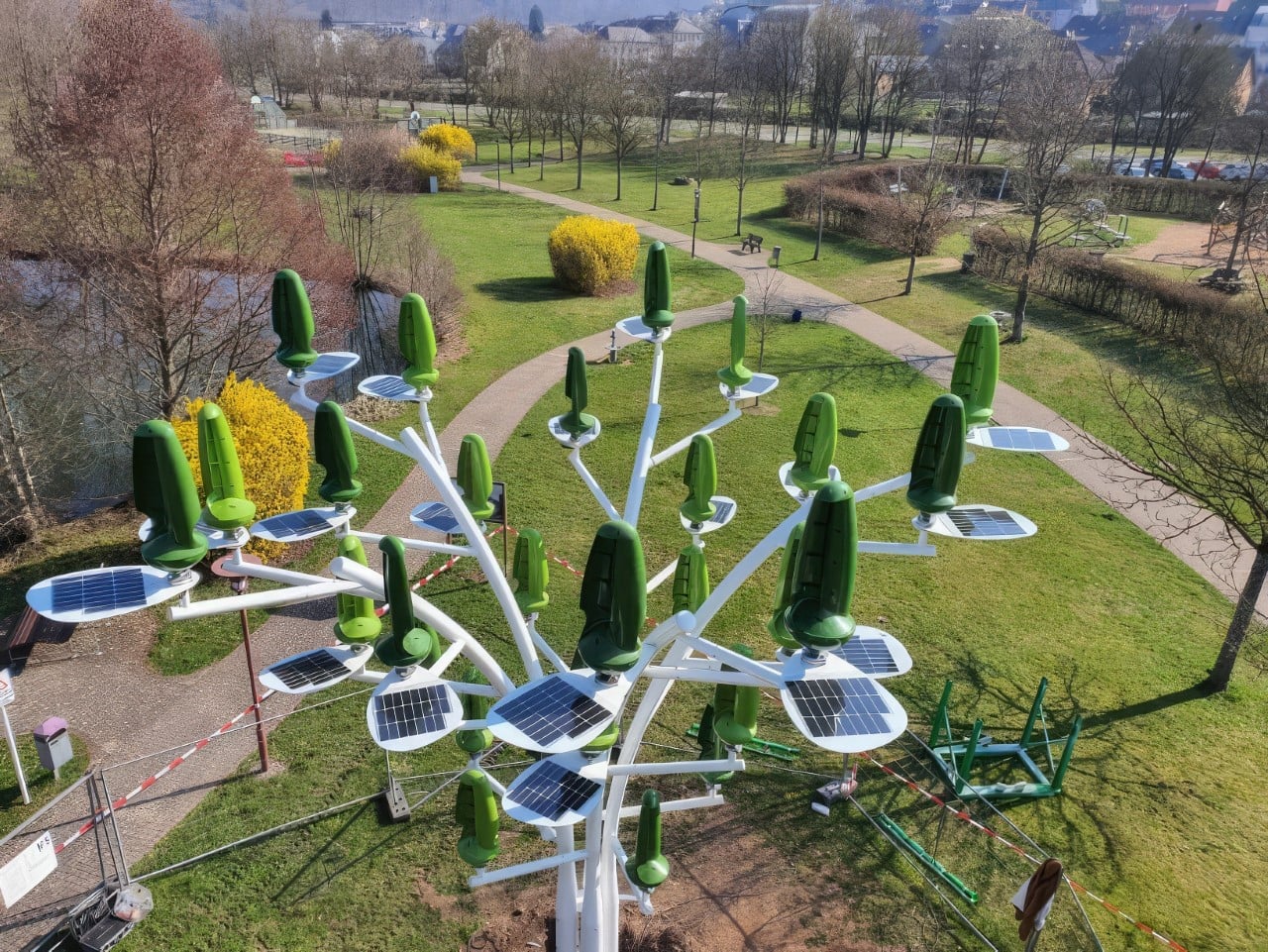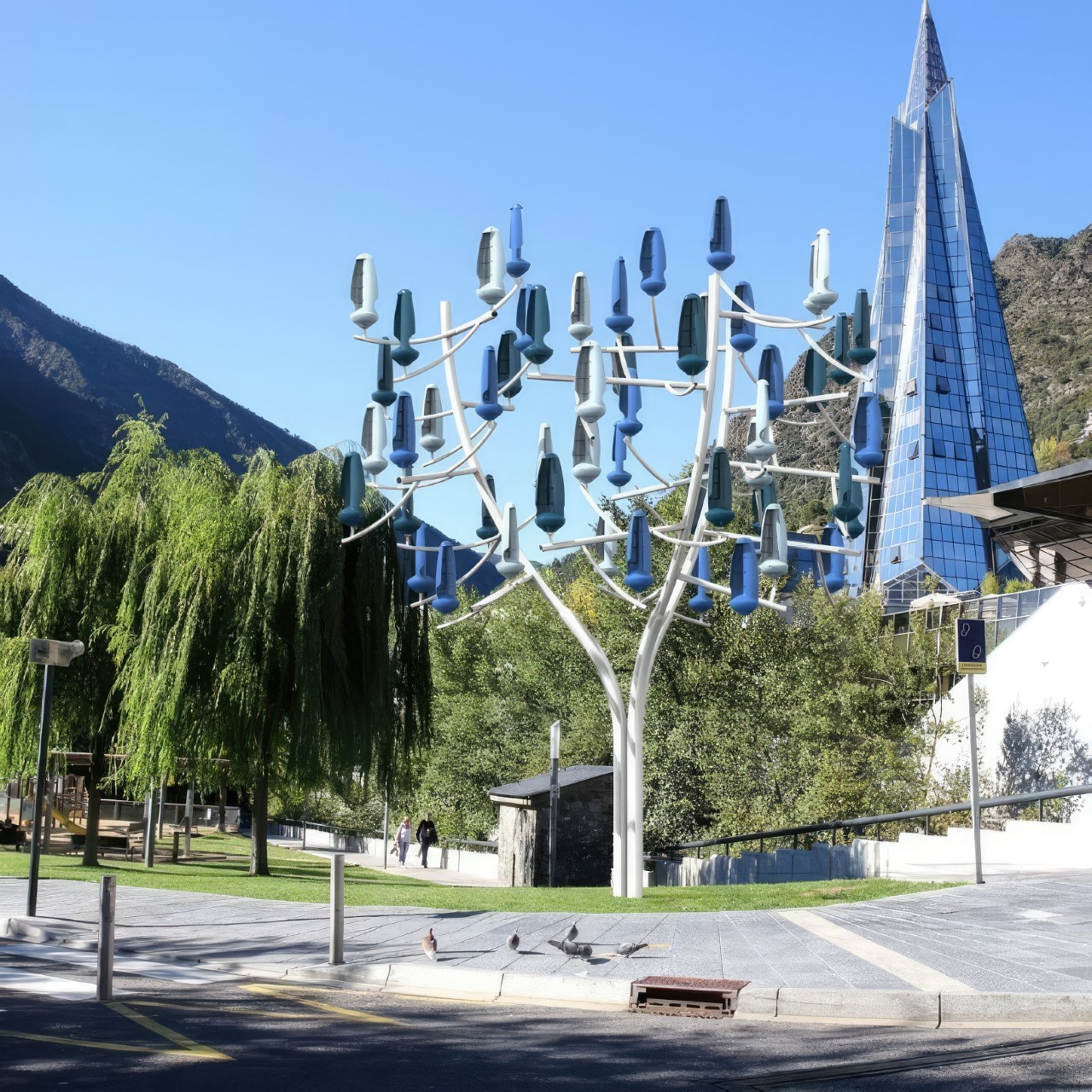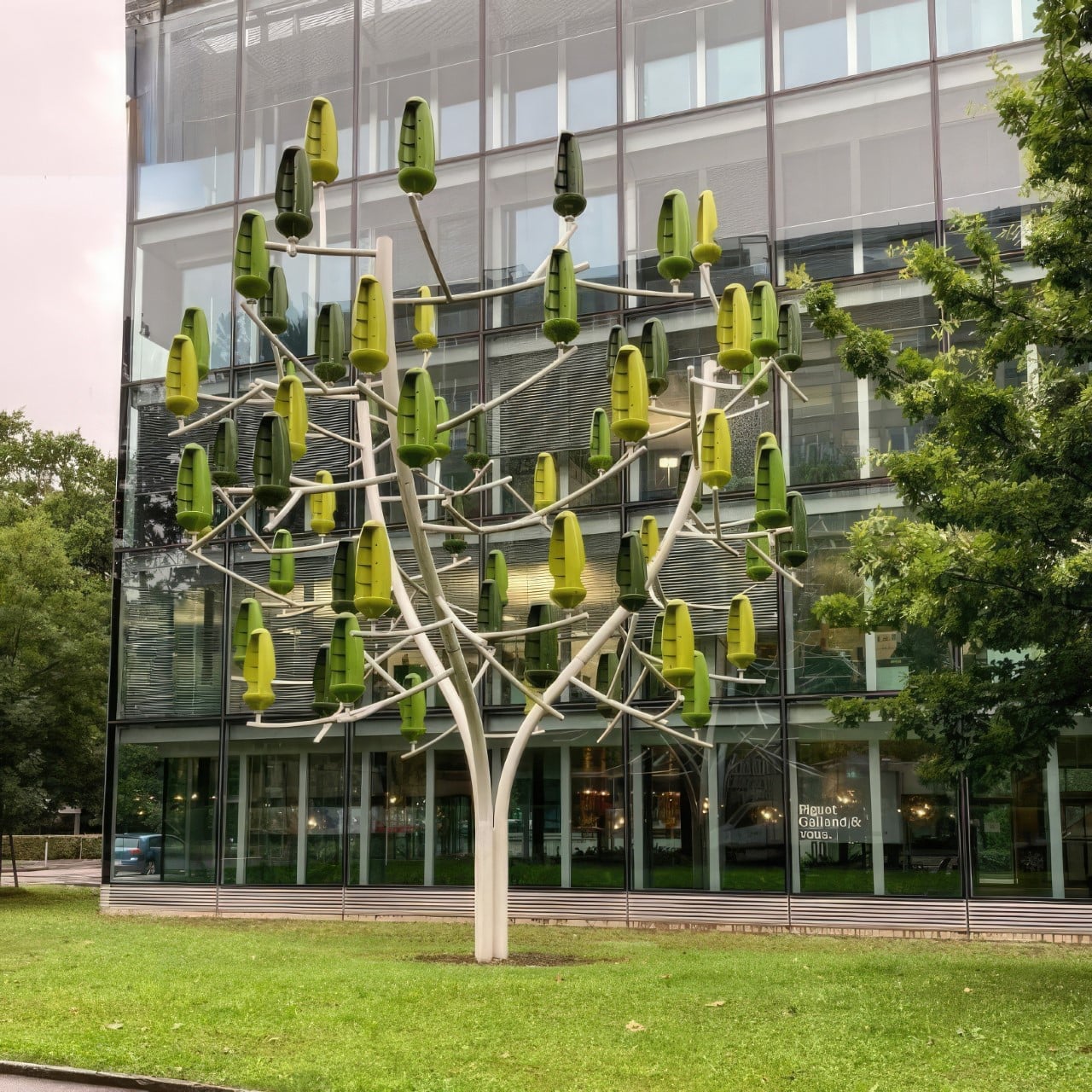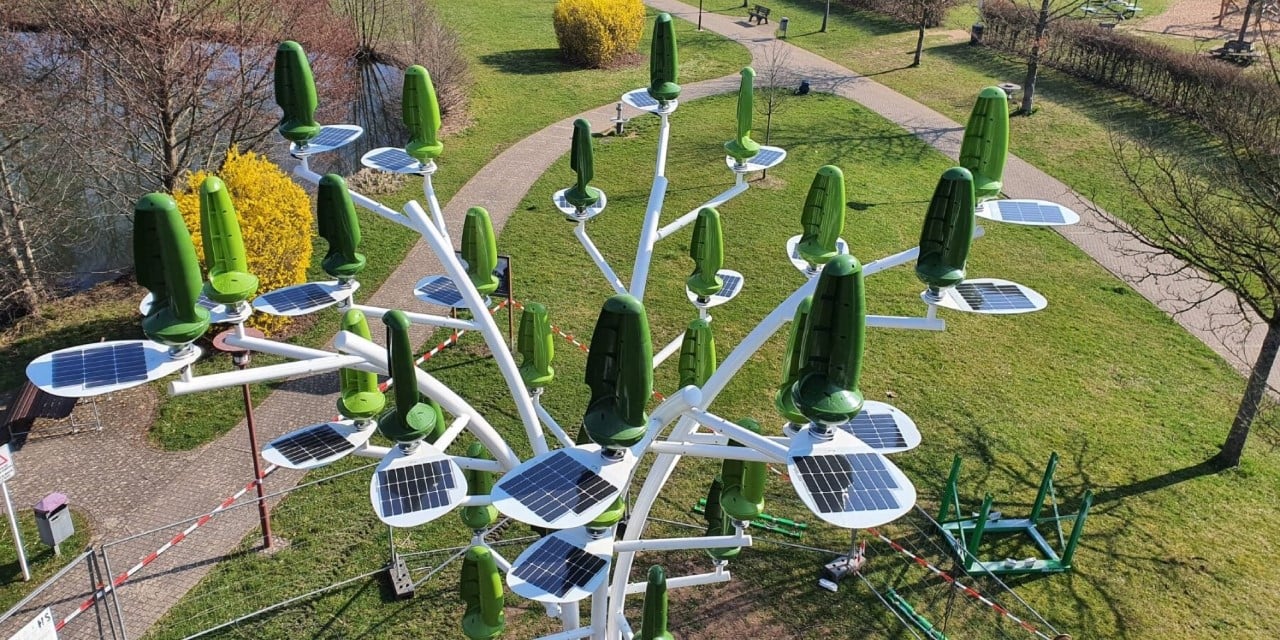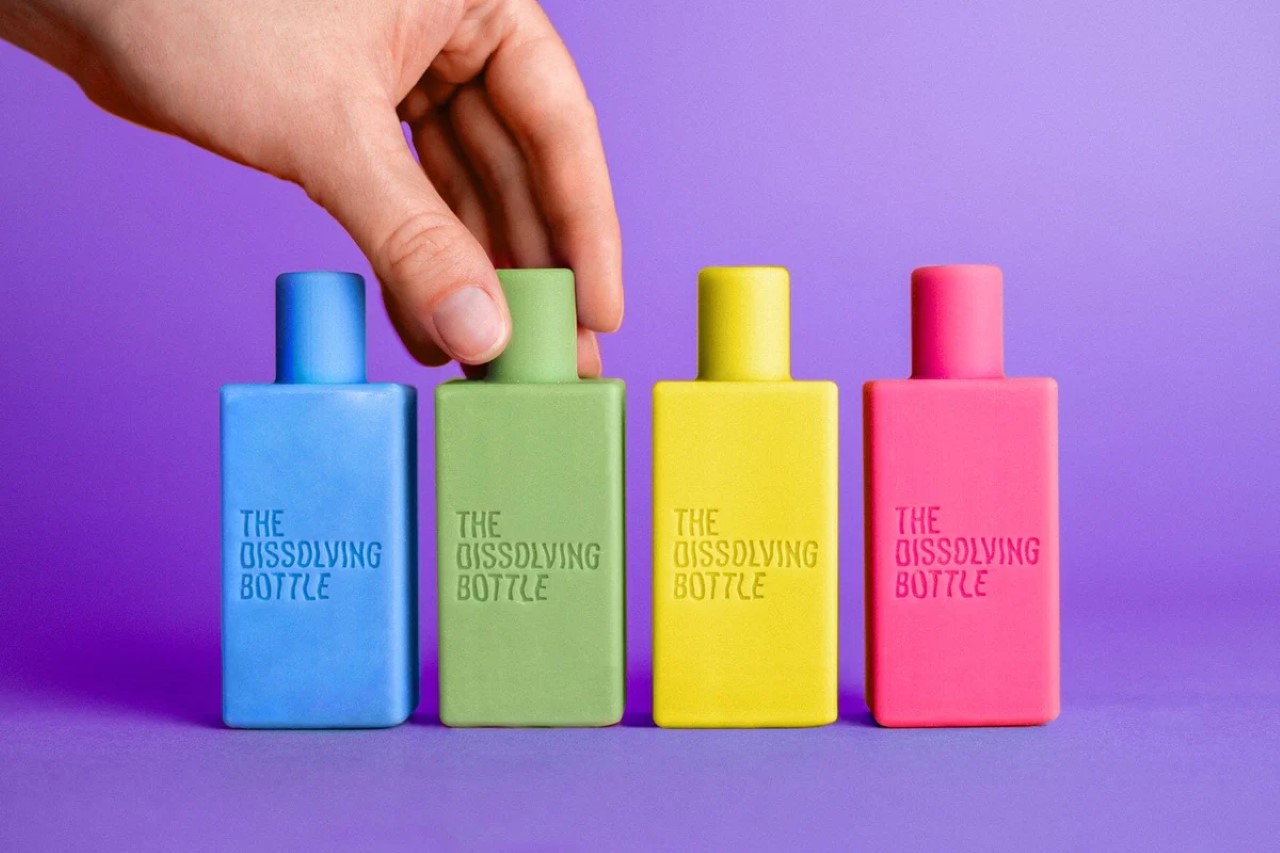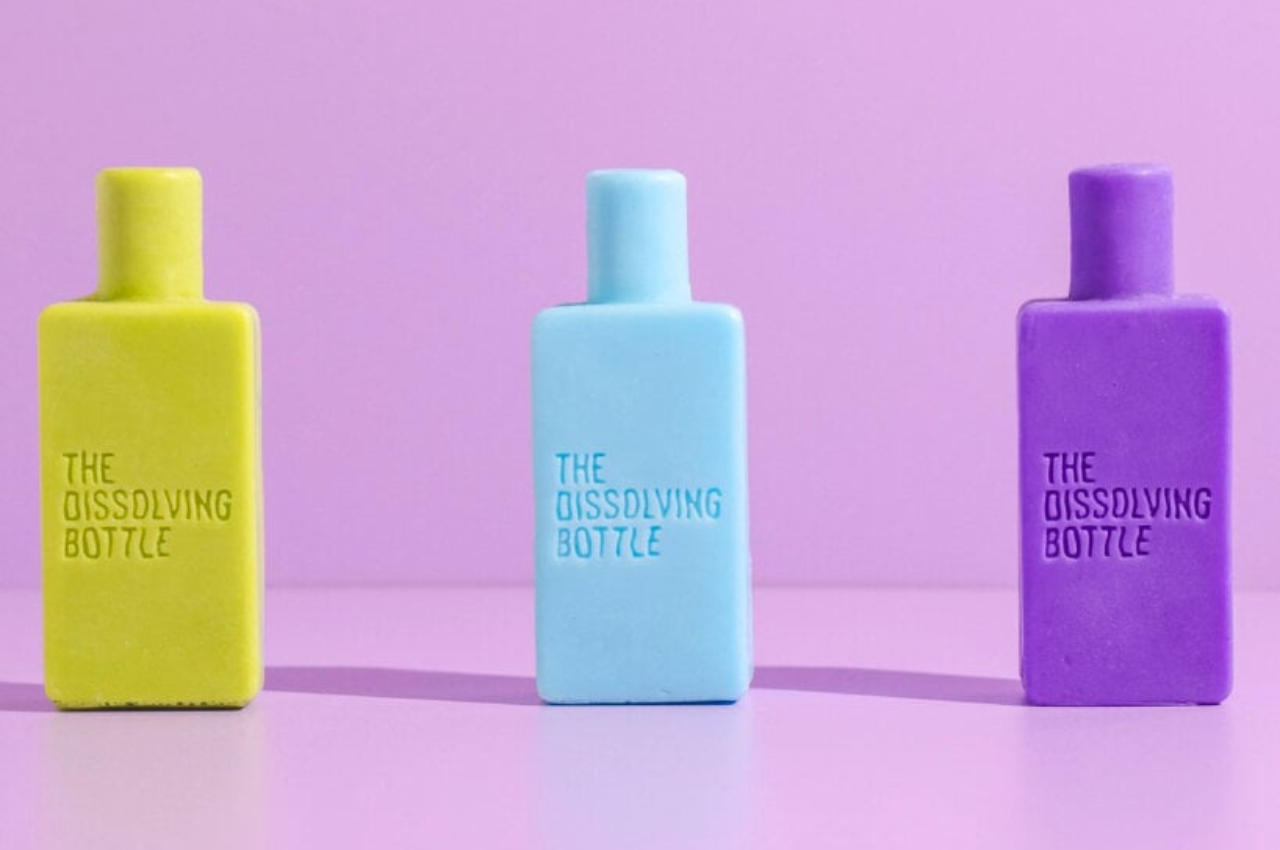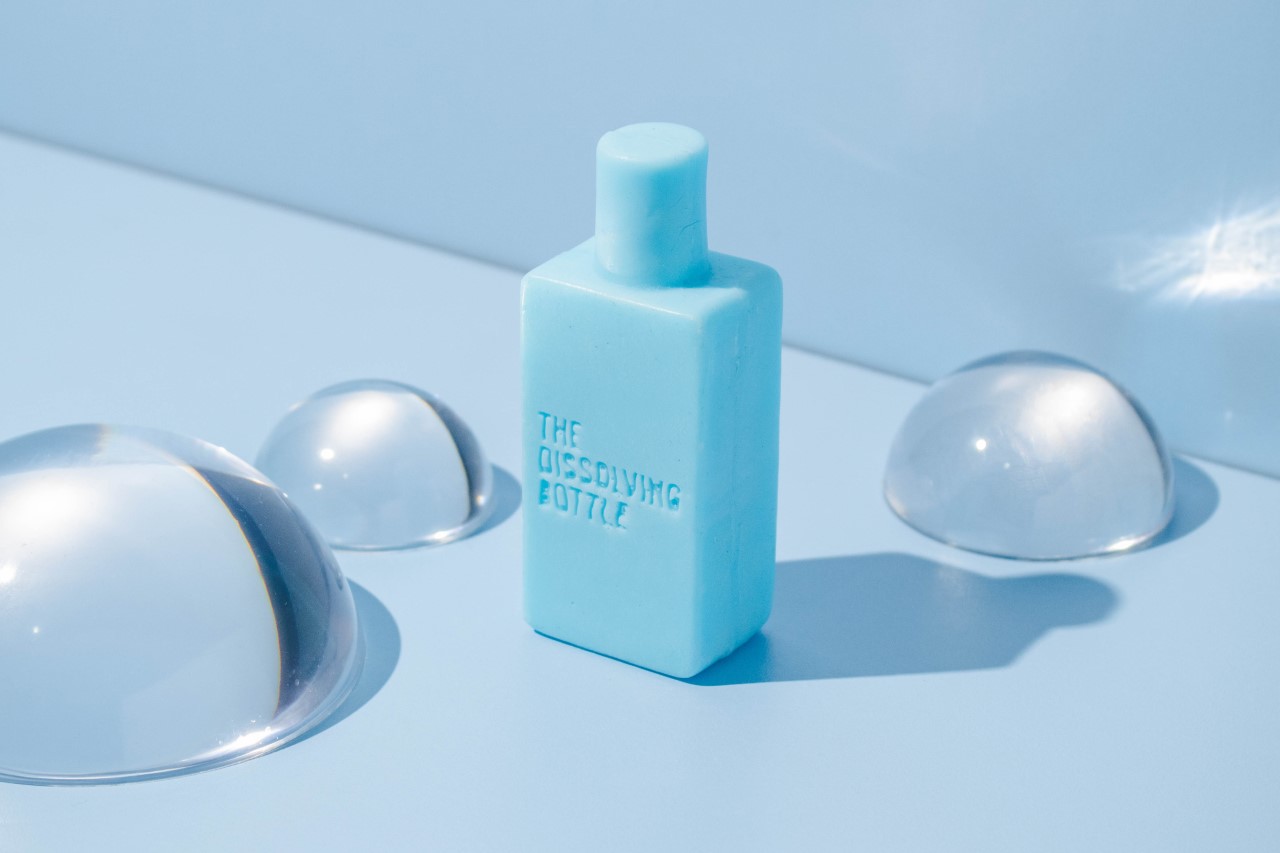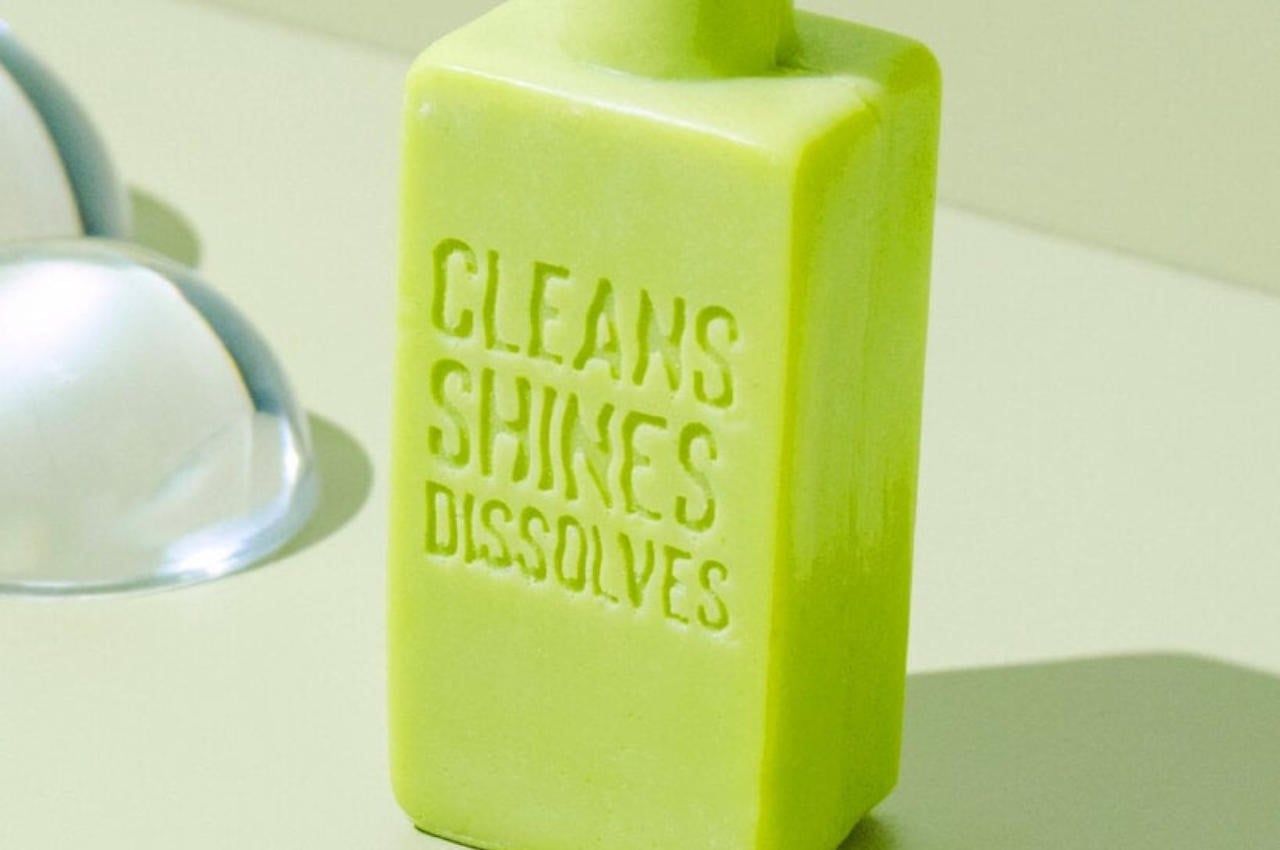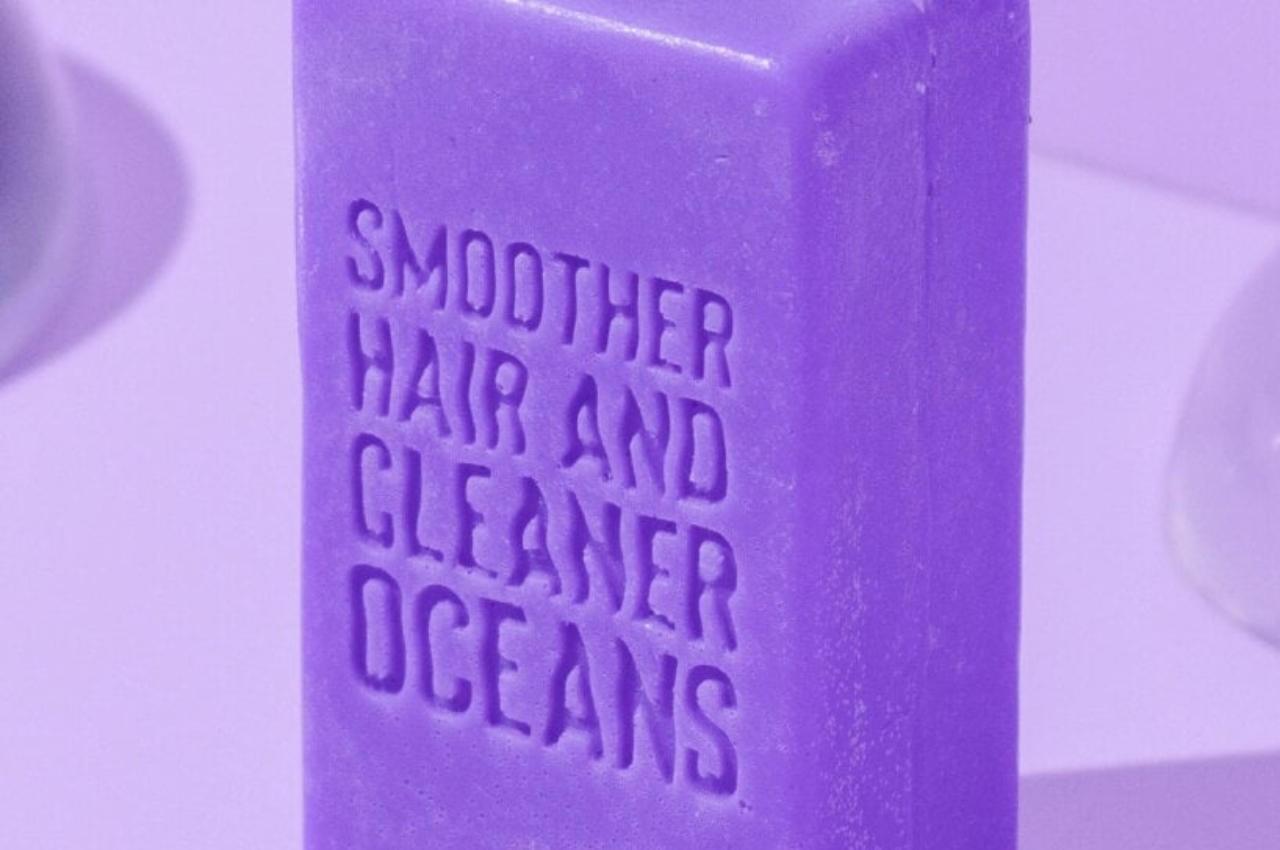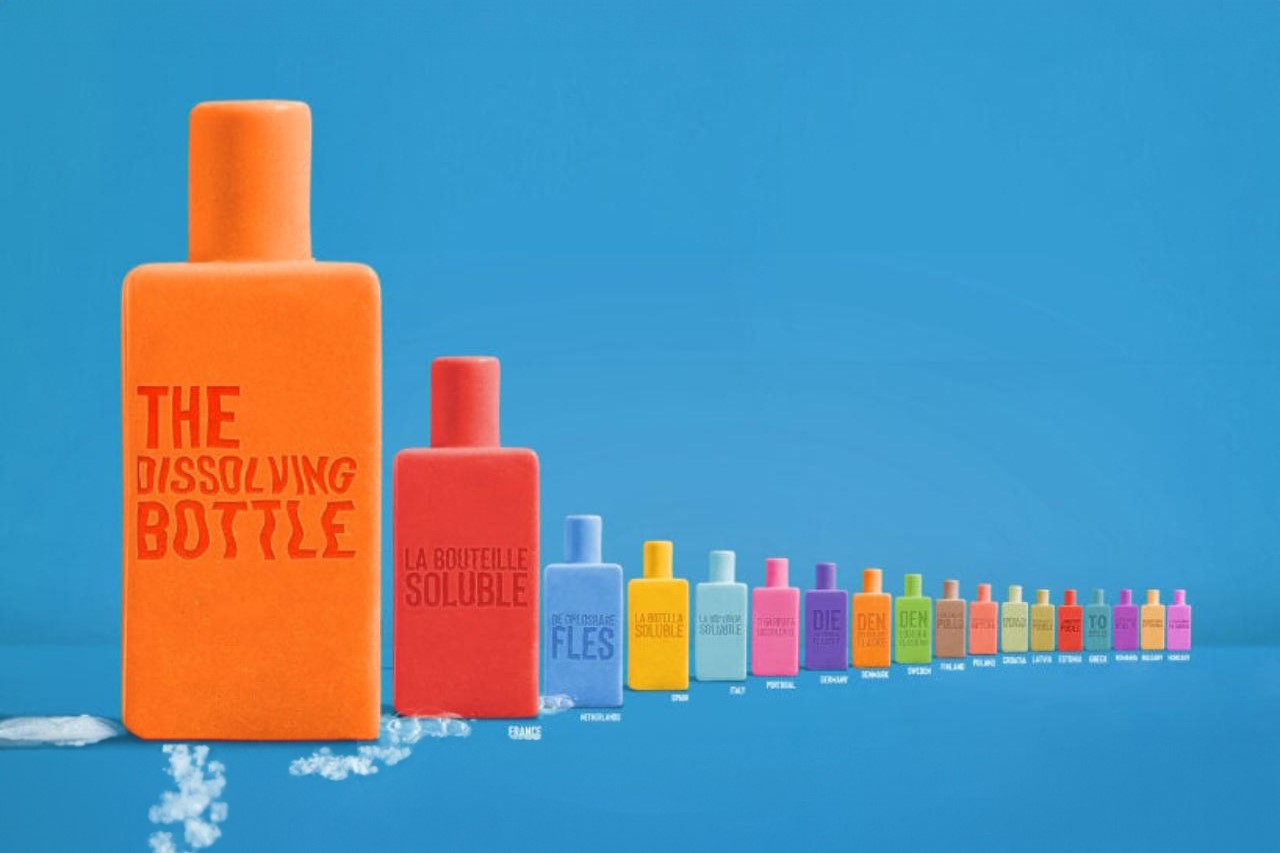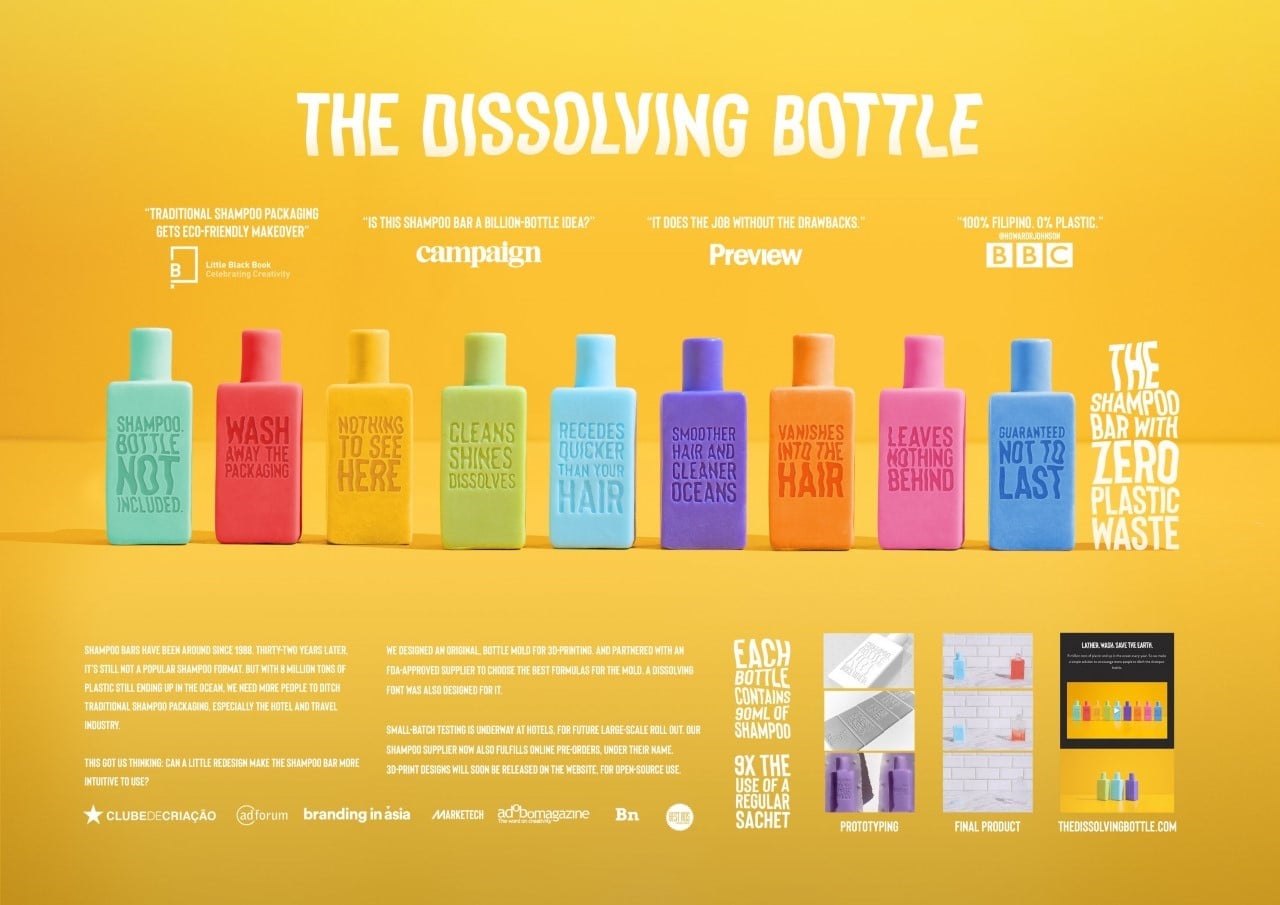Fashion still remains perhaps the biggest offender when it comes to waste and emissions generated by any given industry. Every year, 40 million tonnes of clothes find their way into landfills and third-world countries that are less than equipped to deal with this onslaught of wasted fabric. The solutions haven’t really matched up to the scale of problems either – thrifting still hasn’t made the impact that it promised to make, and brands are doing what they always do – using greenwashing to make their products look less wasteful than they already are. However, one company seems to be sitting on a potentially game-changing idea – incentivize users to slow down fashion by using a Technology platform leveraging unique QR Codes. SIXR is that app-based fashion technology platform that’s partnering with garment companies to provide meaningful incentives to end users to use their clothes for longer and to recycle them right and doing all this by using unique QR codes that will track the entire lifecycle of the garment from design and production to end of life or start of a new life.
Designer: SIXR Team
Click Here to Buy Now: $69. Hurry, only 217/250 SIXR Hoodies left!
Consumers buy the clothes through the SIXR app, wear them for their estimated life, and when their life cycle reaches its end, they scan the QR code that helps them return the garment to SIXR. Once the garment is returned to one of SIXR’s recycling partners, consumers get actual monetary rewards in the form of discounts on their next purchase. Using financial incentives instead of the ‘feel good’ factor of buying sustainable clothing, SIXR hopes to create a fashion recycling movement and a circular economy that sticks. SIXR and their recycling partners will ensure that the garments are put through a rigorous paradigm of Reduce, Reuse, Recyle, Refuse, Rethink and Repair which are the 6R’s from where the company got their name SIXR.
“We’re stuck in a linear apparel economy. Take->Make->Waste,” says Gagan Singh, CEO and Co-founder of SIXR going into details on how SIXR will solve the Trillion-Dollar fashion crisis. The problem with the linear flow of garments is that there’s a defined entry and exit, causing new raw materials to end up in landfills instead of being recycled. SIXR proposes a circular economy where material keeps traveling within the same loop multiple times instead of becoming waste. This reduces the waste problem, but it also reduces the creation problem that requires fresh resources and materials every single time.
The problem has a simple solution according to SIXR. Luigi Ferrara, Chair, Brookfield Sustainability Institute, George Brown College says “There’s truly no incentive for recycling clothes, which is why most people don’t do it. Moreover, even for the people who want to, there’s no fixed system for doing so. There’s no ‘waste bin’ for recycling fashion, and sure, some of us could go to the Salvation Army, but then again, there’s a lack of a financial incentive to just give away your clothes. SIXR’s business model has an effective fix for all those issues.”
“Financial incentives work,” Gagan says, pointing out how the alcohol and soft drinks bottle industry sees a whopping 96% return rate. Copper, tin, and cast iron all see returns too, because of the financial incentive attached to them. SIXR brings that same incentive to clothes too, by allowing people to scan QR codes on their clothes to help activate a return process. Once the clothes are returned, people are given a financial reward in the form of discounts on their next purchase. This incentive drives the spirit of returning clothes after years of wearing them instead of simply discarding them or turning them into washcloths and rags.
Vijay Thomas, early investor and Chair of the board of SIXR says” The ‘QR Code’ driven incentive model oversimplifies the genius of SIXR’s solution. SIXR will curate sustainable brands and sustainable product lines from mainstream brands and will work with them right from the design stage to help with making the garments as sustainable as possible with principles like multi use of garments, sustainable materials, ethical labor practices, transparent supply chain, reduce returns through digital try on and timeless fashion. This helps SIXR with not just getting the sustainable brands and products on their platform but since all the information will be encapsulated inside the QR code on each garment, it will help with sorting the apparel based on the fabric type, color and accessories, which is arguably the biggest problem with recycling garments. The QR codes help SIXR create a more organized inventory of returned clothes, which can then either be fixed and resold, or recycled much more efficiently into yarn for the next set of garments, helping plug both the creation and the waste segments of the linear economy, turning it into a circular one.”
The uniqueness of the SIXR solution lies in the fact that it’s managed to build out an entire fashion ecosystem around the problem. Thrifting is easy but it doesn’t take care of torn or old garments. Recycling is hard because consumers don’t know how to. Moreover, neither has the solid financial incentive that SIXR is promising. The company’s launching its app alongside its first garment, the SIXR ‘For Tomorrow’ hoodie. Buying the hoodie will set you on SIXR’s recycling journey as its platform expands to include other brands and garment styles in the future.
Click Here to Buy Now: $69. Hurry, only 217/250 SIXR Hoodies left!
The post Can QR Code-driven Incentives Solve Fashion’s Trillion-Dollar Waste Problem? This Company Thinks So… first appeared on Yanko Design.
